Juniper rust: what does it look like and how to deal with it?
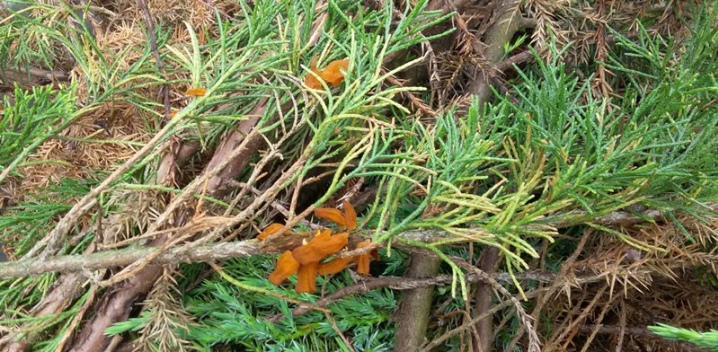
Juniper is a coniferous shrub that has a wide variety of varieties. It is used most often for landscaping gardens and parks. It grows from 150 cm to 20 m in height and has a wide variety of growth patterns. For all its unpretentious care and growing conditions, the juniper can become infected with various diseases. One of the most dangerous ailments for him is rust.
How to recognize rust
Rust on shrubs is a fungal disease. The source of the disease is basidiomycetes belonging to the Puktsiniev family.
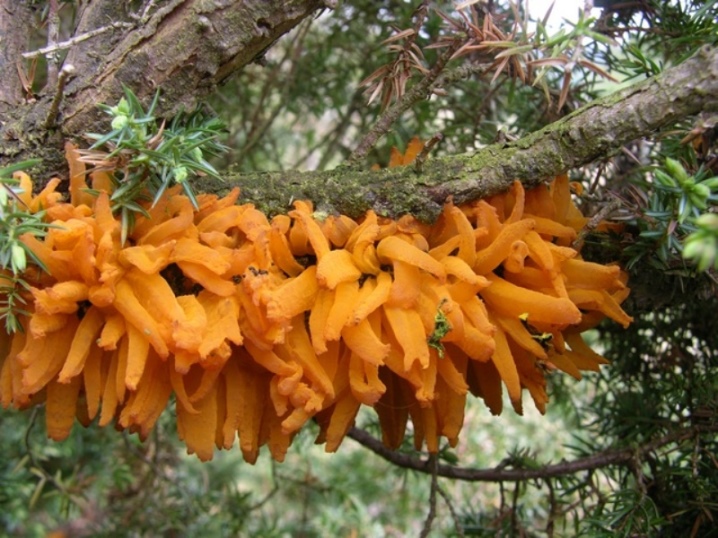
The disease affects many trees and shrubs. In this case, it is believed that the disease passes from plant to plant, for example, a juniper can infect a pear. Plants can infect each other even at a distance of 100 m.
Rust on junipers is considered a chronic disease. Many species of this plant are ill with it if they are not protected.
Rust appears as orange and red spots on the needles, and orange-colored bubble formations appear on the shoots over time.
Necessary treatment
If the disease manifests itself, the plant can be cured. When a juniper has just become infected, it is quite difficult to recognize rust on it, a little later it begins to look like a sunburn. Specialists, of course, will already be able to recognize the disease and take the necessary measures to save the bush. It is necessary to treat not only a plant affected by rust, but also all those that are adjacent to it.
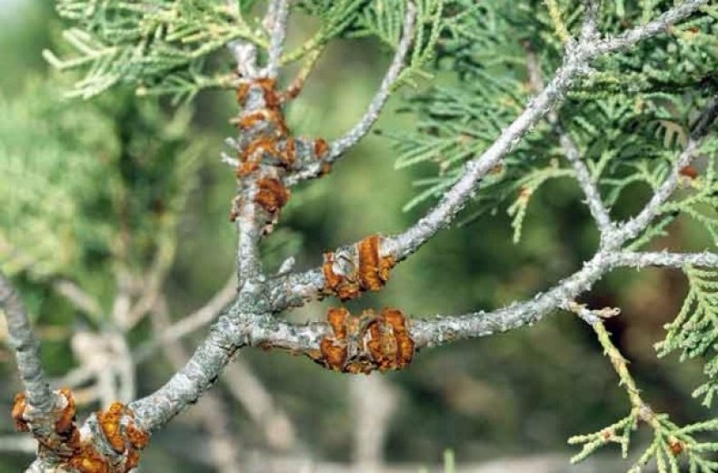
Tools that will be needed to process the affected plant:
- secateurs;
- knife;
- shovel.
The first thing to do is remove all the leaves under the plant and dig up the ground underneath. After that, you need to cut off all visible affected parts with a knife or pruner. The shrub itself and the plants adjacent to it must be treated with an alcohol solution, and the trimmed parts - with a 1% solution of copper sulfate or covered with garden varnish. And also, as an option, you can use a varnish-balm.
It often happens that after treatment, the juniper is re-infected. If this happens, and there are no rosaceous crops next to the juniper, then, most likely, they are in neighboring areas and are infected with rust. We need to find a way to cure them too, since there is simply no other way to reliably protect ourselves from the disease. Except for the endless treatments in spring, summer and autumn.
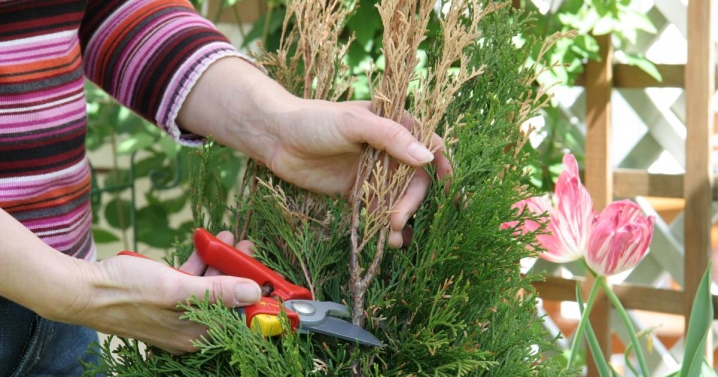
Terms of processing
The processing time of plants is strictly limited to certain periods. The shrub should be treated in early spring before juniper and other plants are blooming. The second stage of processing should be carried out immediately after flowering, the third and subsequent treatments - every 2 weeks in summer until the end of September.
Processing should be carried out not only for juniper, but also for branches of pears, apples and other rosaceous crops.
There are no drugs designed specifically for the treatment of such a disease today on the horticultural market, but you can try the following series of fungicides, which effectively fight this fungus:
- Benlat;
- Fundazol;
- Bayleton;
- Bordeaux liquid;
- "Speed";
- "Topaz" and other chemicals of a wide range used to combat rust.

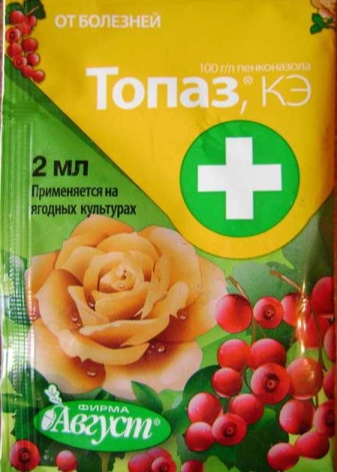
If the bush has been infected, treatment should be started immediately. If you do not start treatment on time, the plant may simply not be saved in time.
Prophylaxis
Fighting rust not only on junipers, but also on other trees is easy if you take care of prevention, and not wait for the tree to become infected with this disease.
Even when planting, you need to determine a place that will be far from apple trees, pears, hawthorn and mountain ash. If you can't make it so that there are no such unwanted neighbors, then you will need to work a little. It is necessary to spray trees and bushes with fungicides, but to process not only the juniper, but also all plants that are susceptible to rust damage.
In cases where the indicated measure did not help and rust spots began to appear, the first thing to do is to spray the indicated plants with an alcohol solution throughout the site. Only then is there a possibility that the neighboring trees will not be affected by rust, and the diseased juniper will be saved.
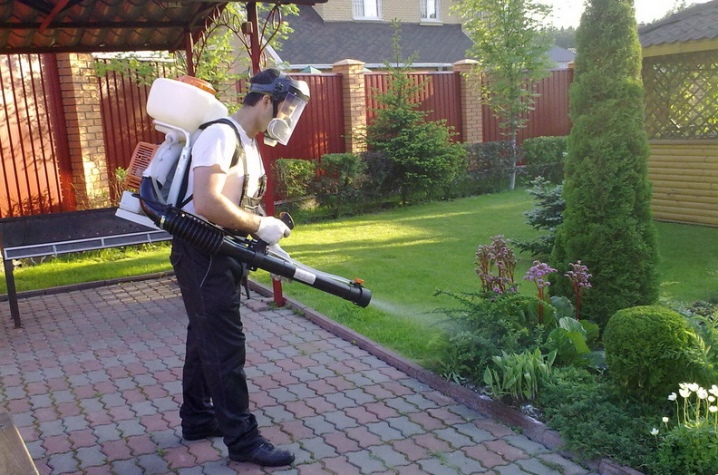
In addition, you need to fertilize the plant, making it much more resistant to various diseases, including rust. In spring and autumn, plants should be sprayed with cuproxate, even though the shrubs are not infected with anything. If possible, you should protect the plant from Rosaceae by planting tall trees and shrubs between them, such as spruce, plums and other species that are not prone to being affected by this disease.
If the plant is not yet infected with rust, you need to try to protect it from this scourge. At the slightest sign of infection, it is necessary to do so in order to defeat the disease at the first stage.
For how rust looks on a juniper and how to deal with it, see the next video.



































































The comment was sent successfully.